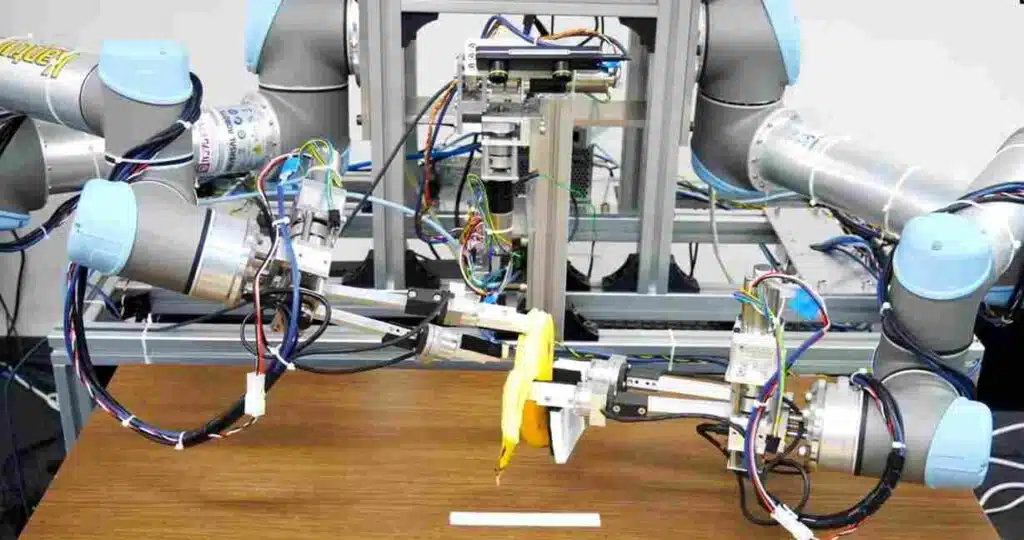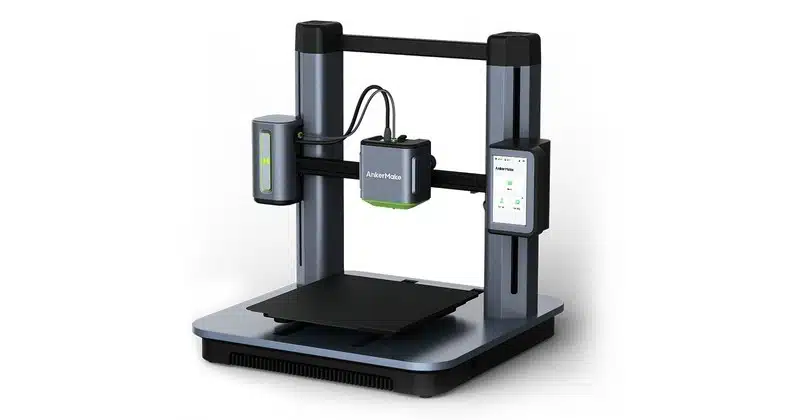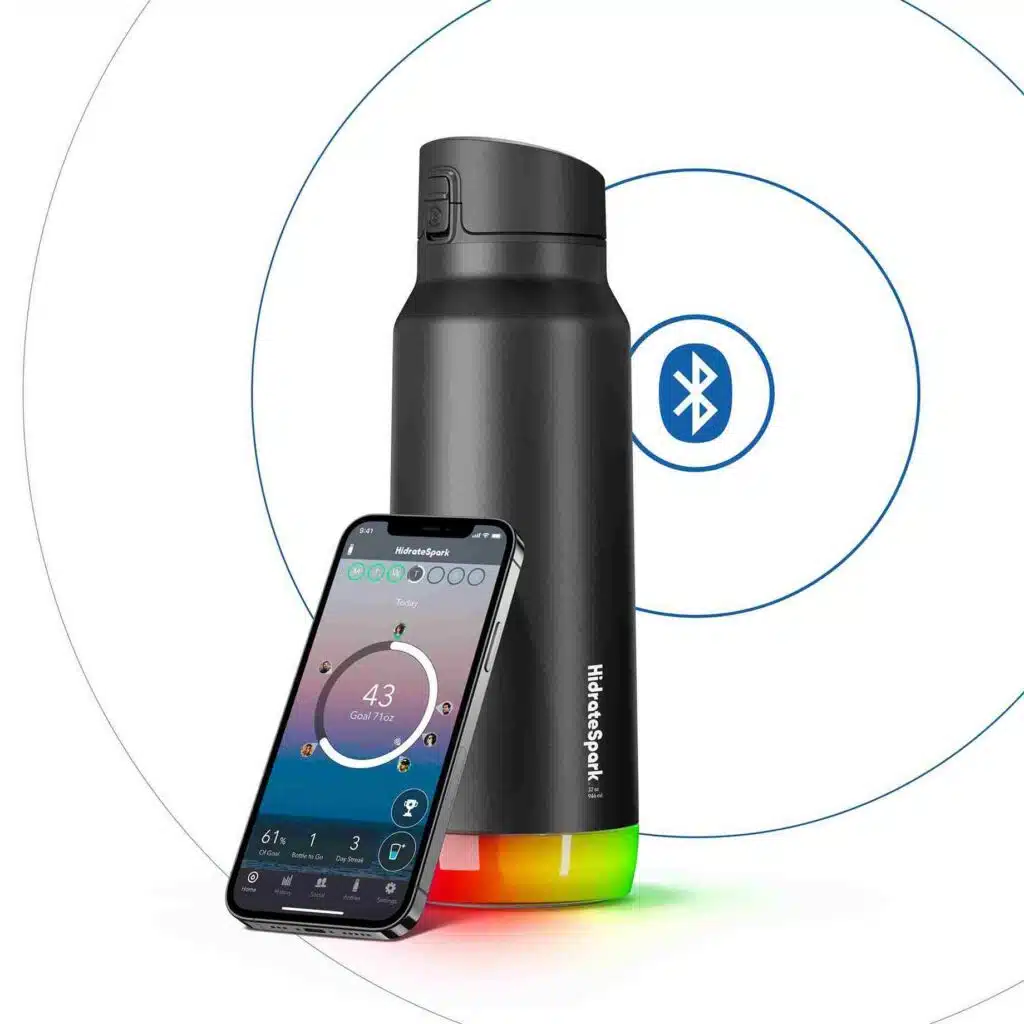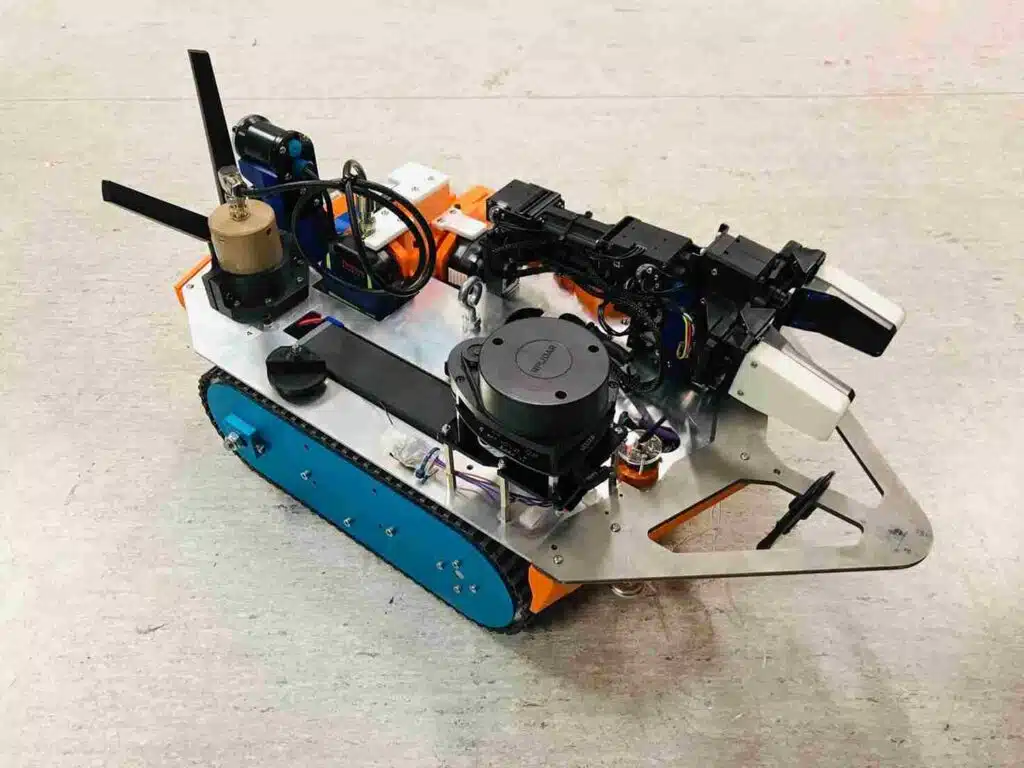Key Discoveries and Developments in the Computer Science Field In 2022
Computer science is a big field that studies how computers work and how we can make them beneficial for humans. Computer engineers are continuously trying to come up with new ideas and ways to make computers do more things.
The future of technology is full of exciting possibilities and challenges. From advancements in security and intellectual property, to the growth of sustainable technologies and the rise of online education, there are many issues to consider.
Recently scientists got success in making computers that can think more like people and robots that can do things without human assistance. In this article, we’ll talk about some of the most exciting things that happened in the computer science field in 2022.
Key Points
- The latest advances in Artificial Intelligence include the release of GPT-3 by OpenAI (Writing tool); a new method for identifying Parkinson’s disease using sleep breathing patterns, a tool for interpreting pig emotions, a tool for restoring ancient Greek texts, and a tool for predicting and preventing machine breakdowns.
- Researchers have made a significant discovery in computer science by proving the NLTS conjecture, which suggests that quantum entanglement may not be as delicate as previously thought.
- Emerging technologies in 2022 include various fields such as quantum computing, 3D printing, machine learning, medical robotics, and more
- Artificial intelligence has a close connection to biology, especially in the field of neural networks and hypernetworks.
- A team of scientists from the University of Tokyo developed an AI-powered robot that can peel a banana, and a 3D printer with AI-enabled camera is available on the market.
- Transformer-based AI networks are being used in various fields such as language understanding and generation, image classification, and processing multiple types of data.
- The HidrateSpark Pro is a smart water bottle that helps track and manage daily water intake.
- Lyra is a nuclear inspection robot that can navigate through 140 meters of ductwork in a nuclear facility, equipped with various instruments, radiation detectors, cameras, a robotic arm, and a LiDAR system for mapping.
- Facial recognition software is gaining the ability to make judgments about a person’s appearance based on photographs of their face.
- MIT engineers developed a telerobotic surgical system that allows surgeons to perform endovascular operations remotely using a modified joystick.
- Google is developing a Star Trek-style universal translator using AI to recognize and translate spoken words in real-time.
Recent AI Developments
- The latest discovery in the field of Artificial Intelligence (AI) is the release of GPT-3 by OpenAI. It is considered the most advanced and largest language model till date, with around 175 billion parameters that help machines in processing language. OpenAI continues to work on developing its successor, GPT-4, which is expected to be even more powerful.
- A new AI method was announced that can identify Parkinson’s disease by measuring a person’s breathing patterns during sleep. The system can also measure the severity of the disease and track its progression.
- Researchers created a technology tool that uses pig sounds to interpret different emotions, by analyzing thousands of recordings from over 400 pigs throughout their lives.
- An AI-powered tool that can restore ancient Greek texts, Ithaca tool, developed by Alphabet’s DeepMind, along with researchers from the University of Oxford, Ca’ Foscari University of Venice and Athens University of Economics
- An AI-driven tool that can predict and prevent machine breakdown by analyzing sensor data and identifying patterns that indicate an impending malfunction.
Exploring the Mysteries of Quantum Entanglement: Impasse Between Physicists and Computer Scientists
In computer science, a team of a researcher made a significant discovery in 2021 by providing a theory called NLTS conjecture. This theory suggests that quantum entanglement, a connection between particles, may not be as delicate as previously thought. This discovery has implications for both physics and the use of quantum entanglement in cryptography.

Quantum entanglement is a property that allows particles to be connected, even when they are far apart. Physicists and computer scientists have had different ideas about how easy it is to describe and calculate these connected particles. Recently, a group of computer scientists proved that it is more difficult to describe these particles than physicists thought. This has important implications for the study of physics and could also help researchers learn more about how to use quantum entanglement for secure communication.
Scientists have also been able to use quantum entanglement to connect three particles over long distances, which could help with creating better ways to encode information.
Invention of AI-Powered Banana-Peeling Robot
Robots are usually only capable of completing simple, repetitive tasks, but a team of scientists from the University of Tokyo has developed a robot that can peel a banana. This may seem like a simple task, but it requires finesse and spatial awareness, as bananas come in different sizes and shapes.

The scientists used AI deep learning to teach the robot to mimic the movements of a human completing the same task. While the robot is still only successful about half the time, this development demonstrates the potential for robots to be able to complete more complex tasks.
Discovery of AI and Biology’s Mutual Understanding
Artificial intelligence and biology have always been closely connected, with AI often taking inspiration from the human brain as a model for computing. Recently, a type of neural network called a transformer has been shown to process information in a way similar to the brain. This has led to the development of hyper networks, which can be used to train neural networks faster and more efficiently. As we continue to learn more about how both AI and biology work, we can gain insights into each other and make progress in both fields. In addition to helping other scientists, AI is also playing a role in helping researchers within the field achieve their own goals.
Anker’s AI-Enabled 3D Printer: A Revolutionary Invention in Printing Technology
Anker, a company known for its range of charging solutions, has unveiled its first foray into the world of 3D printing with the Anker Make M5. This innovative device boasts a number of features that set it apart from other 3D printers on the market. One standout feature is the AI-enabled camera, which continuously monitors prints and alerts the user through a companion app if any issues arise.

The Anker Make M5 is also reportedly five times faster than its competitors, able to produce large prints in a much shorter amount of time. These convenient and efficient features make the Anker Make M5 a standout choice for those interested in 3D printing.
Innovations in Matrix Multiplication and Maximum Flow Algorithms Using Neural Networks
Researchers at Deep Mind used a neural network to discover faster algorithms for multiplying certain matrices, and other researchers built upon these algorithms to improve them using traditional tools and methods. Another team created a faster algorithm to solve the problem of maximum flow, a question in computer science, by combining past approaches in novel ways. This algorithm can determine the maximum possible flow of material through a given network quickly and effectively.
Transformer-Based AI Networks: A Game-Changing Advancement in Artificial Intelligence
Transformer-based AI networks have revolutionized the way information is processed over the past five years. Developed originally for language understanding and generation, these networks process all elements of their input data simultaneously, resulting in improved speed and accuracy compared to piecemeal approaches. This versatility has allowed transformer-based networks to be applied in various fields, such as image classification and processing multiple types of data.

However, these benefits come at the cost of requiring more training than non-transformer models. Research has also shown that part of the power of transformers lies in their ability to attach greater meaning to words rather than simply memorizing patterns.
Transformer-based networks have even been used to model human brain functions, indicating a fundamental similarity between artificial and human intelligence.
The HidrateSpark Pro: An Innovative Smart Water Bottle
Apple has released a smart water bottle called the HidrateSpark Pro that helps track and manage your daily water intake. It has a vacuum-insulated exterior to keep liquids cold and connects to your Apple Watch and Apple Health to calculate your daily water needs based on your steps and exercise.

The bottle also has a LED puck at the bottom that lights up to remind you to drink and tracks how much water you consume using Bluetooth. There is also a cheaper version available called the HidrateSpark Pro Tritan Plastic Sea Glass that does not have insulation. The HidrateSpark Pro water bottle is a high-tech way to manage your basic hydration needs.
Lyra: A Revolutionary Nuclear Inspection Robot
Lyra is a nuclear inspection robot that was used to navigate through 140 meters of ductwork in Scotland’s Dounreay nuclear facilities. It is equipped with a variety of instruments, including radiation detectors, cameras, a robotic arm, and a LiDAR system for mapping, which allowed it to create a 3D video map of the explored area and identify radiation hotspots.

The use of robots like Lyra can help to more accurately map radiation risks and reduce the need for human exposure during nuclear incidents like Chernobyl and Fukushima.
GHN-2: An Artificial Intelligence Invention for Streamlining Network Training
Artificial neural networks are able to recognize patterns and perform tasks effectively, but require extensive training to fine-tune their parameters. A new type of “hypernetwork” called GHN-2 can analyze a given network and provide parameter values that are generally as effective as those in networks trained traditionally, and can offer a starting point that is closer to the ideal, reducing the time and data required for full training. Another approach to helping machines learn, known as embodied AI, allows algorithms to learn from responsive 3D environments rather than static images or abstract data, and can be more effective than traditional methods.
The Telerobotic Surgical System: A Revolutionary Medical Invention
MIT engineers have developed a telerobotic surgical system that allows surgeons to perform endovascular operations remotely using a modified joystick. The system, described in a paper published in the journal Science Robotics, uses a flexible magnetized guidewire to navigate through blood vessels and reach the location of a clot to retrieve or break it up. By setting up these systems at hospitals around the world and allowing trained surgeons to operate them remotely from other cities, the response time for treating strokes and aneurysms can be reduced, leading to lower rates of fatality and long-term disability.
Reprintable pollen Paper: A Novel Invention for Reducing Waste
Scientists from the Nanyang Technological University in Singapore have created a type of paper made from pollen that can be reused multiple times. The pollen paper, described in a paper published in the journal Advanced Materials, is produced from pollen, which is a more environmentally friendly material than wood pulp. The paper can be printed on using a standard laser printer and then treated with an alkaline solution to remove the printed material without damaging the paper, allowing it to be used again. In tests, the pollen paper was able to be reused at least eight times, making it highly recyclable.
The Fin Ray Gripper: An Innovative Robotic Invention with a Sense of Touch
MIT scientists and engineers have developed a robotic system that uses Fin Ray grippers with a sense of touch. Fin Ray grippers, which are based on fish fins and can conform to the surface of an object, have cameras embedded inside them that watch for the way the fingers deform when in contact with a grasped object.

By measuring these deformations, the gripper can determine the shape and details of the object it is holding. This technology could improve the performance and safety of robots when interacting with humans. In tests, the grippers were able to identify the letters on a glass jar and individual seeds on a plastic strawberry.
Advanced Facial Recognition: A Groundbreaking Artificial Intelligence Invention
Facial recognition software is gaining the ability to not only recognize facial features, but also make judgments about a person’s appearance. According to research published in the Proceedings of the National Academy of Sciences, first impressions based on appearance influence decisions made about a person, including hiring and sentencing. Scientists used machine learning to train an algorithm to make judgments based on photographs of faces that closely mirrored human judgments. It is uncertain what factors the algorithm used to make its judgments, but the data may be able to teach us how our appearance impacts the way we interact with the world. However, this technology also has the potential to be used for nefarious purposes, such as modifying or curating pictures to present a particular appearance to the world.
FAQs
How did artificial intelligence (AI) start?
AI began in the 1950s when pioneers like Alan Turing and John McCarthy proposed that machines could simulate human intelligence. Today, AI powers technologies like virtual assistants and autonomous vehicles.
Who invented the internet, and when?
The internet was invented by a team led by Tim Berners-Lee in 1989, who developed the World Wide Web, making global connectivity possible.
How has computer science changed everyday life?
From smartphones and online shopping to healthcare technologies and space exploration, computer science innovations touch nearly every aspect of our lives.



Leave a Reply